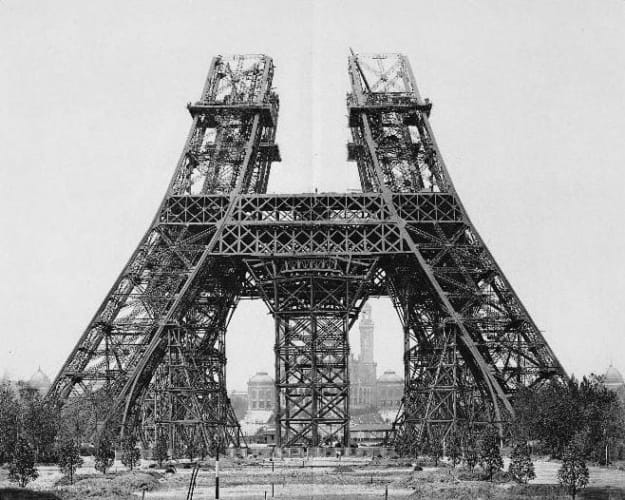Late, Great Engineers: Gustave Eiffel
Best known for his eponymous tower in Paris and the Statue of Liberty in New York, Gustave Eiffel’s career was a mixture of technical achievement, public scandal and obscurity, as Nick Smith explains
Despite being one of the most important engineers and aerodynamicists of his age, Gustave Eiffel’s reputation ultimately rests on two instantly recognisable landmarks: the Eiffel Tower and the Statue of Liberty. His monumental career spanned seven decades, from his early civil projects such as the Bordeaux bridge to his later scientific research into air resistance. Living well into his nineties, Eiffel is remembered the greatest engineer France has ever produced.

Alexandre Gustave Bonickhausen dit Eiffel was born in Burgundy in 1832 at a time when France, under the rule of Louis Philippe I, was in a period of rapid industrial, economic and colonial expansion. His mother had a successful charcoal business and his uncle distilled vinegar: the former providing the undistinguished school student with a stable financial background, while the latter supplied an improvised education, teaching the young Gustave the rudiments of an eclectic set of disciplines that included chemistry, mining, theology and philosophy. This unorthodox background bore fruit to a degree when he was accepted by the École Centrale des Arts et Manufactures in Paris, where we know he specialised in chemistry and we think developed his passion for engineering. His enthusiasm for technology was nurtured by the fact that in 1855 Paris played host to the second World’s Fair, for which his mother supplied him with a season ticket. A quarter of a century later his famous tower would be the centrepiece of another technology showcase, the 1889 Exposition Universelle.
Register now to continue reading
Thanks for visiting The Engineer. You’ve now reached your monthly limit of premium content. Register for free to unlock unlimited access to all of our premium content, as well as the latest technology news, industry opinion and special reports.
Benefits of registering
-
In-depth insights and coverage of key emerging trends
-
Unrestricted access to special reports throughout the year
-
Daily technology news delivered straight to your inbox










Water Sector Talent Exodus Could Cripple The Sector
Maybe if things are essential for the running of a country and we want to pay a fair price we should be running these utilities on a not for profit...